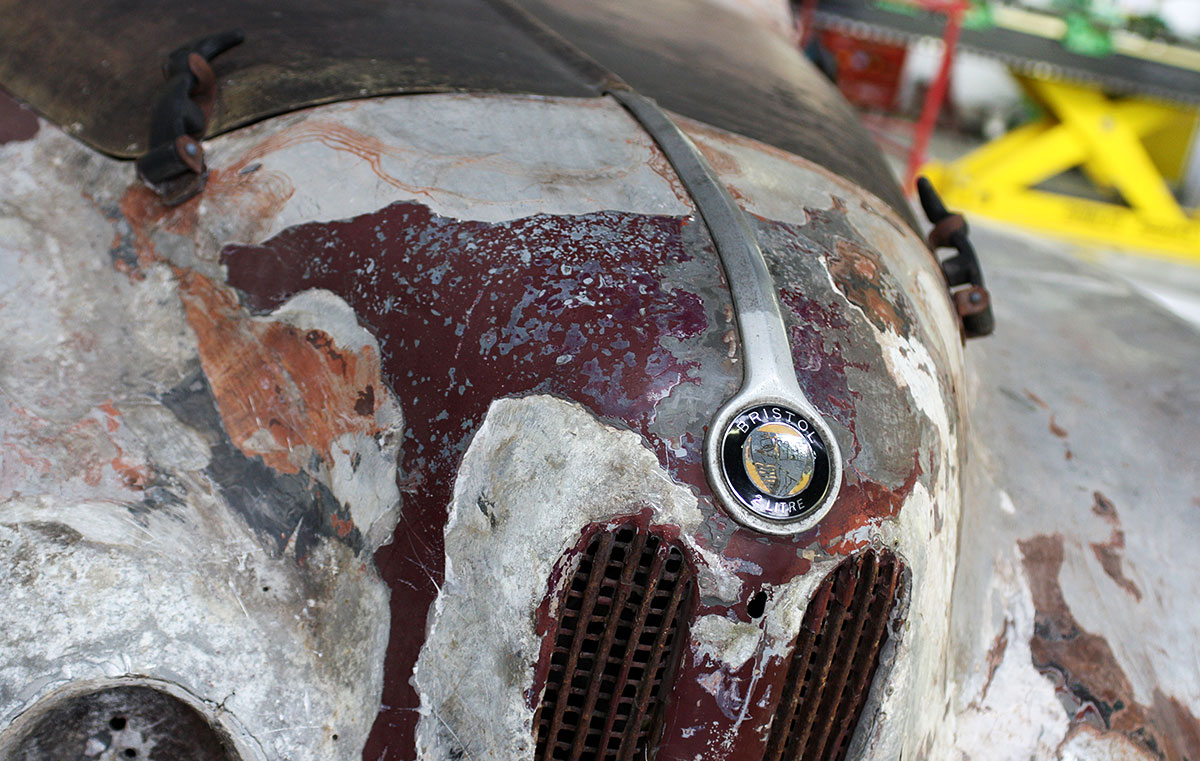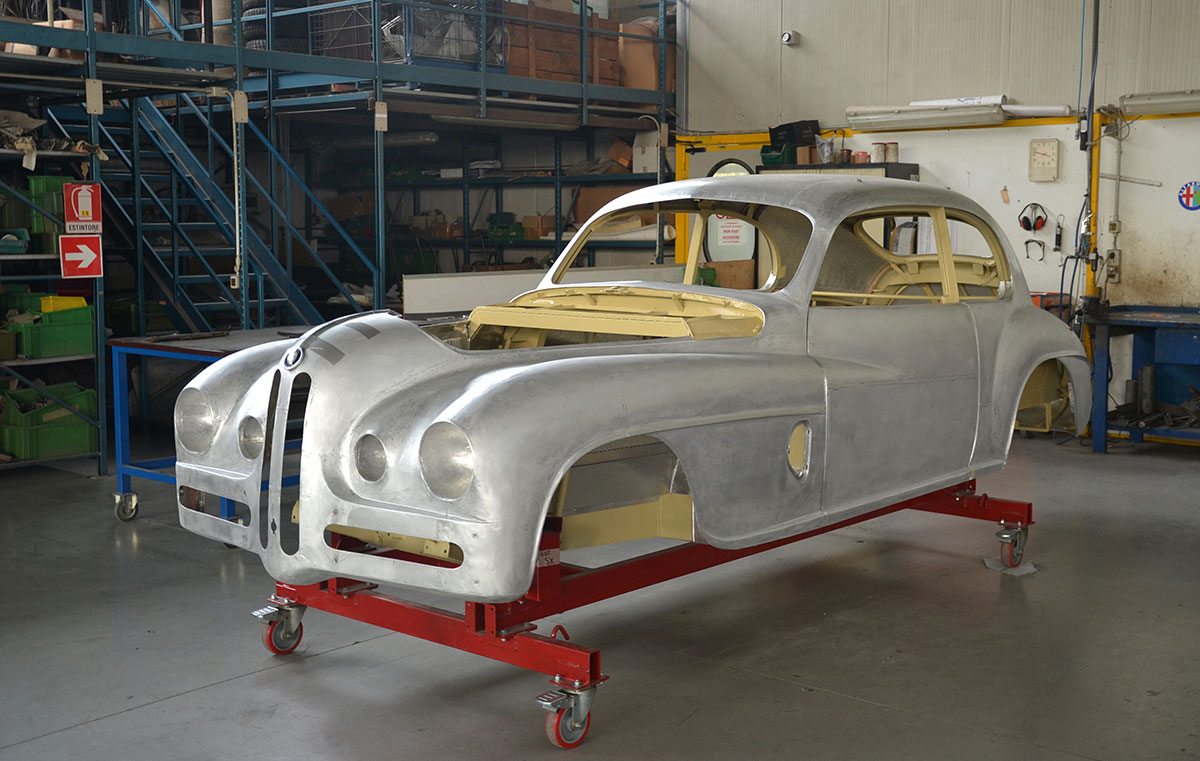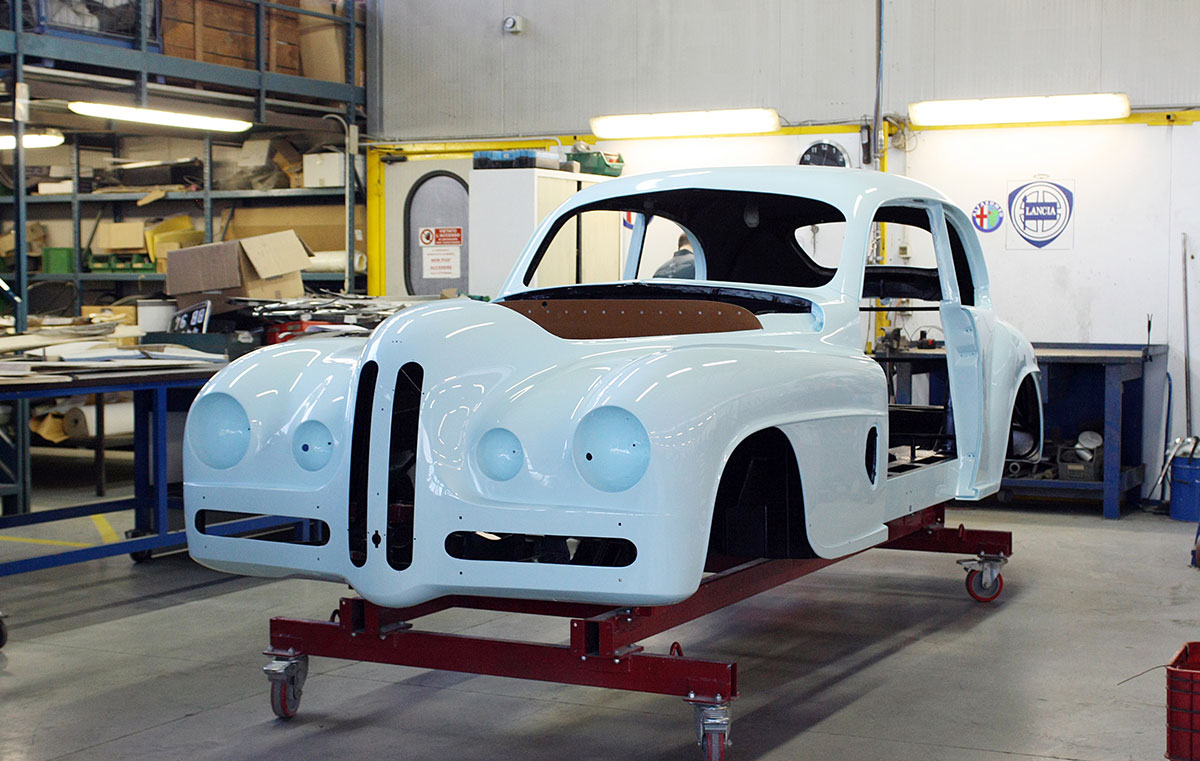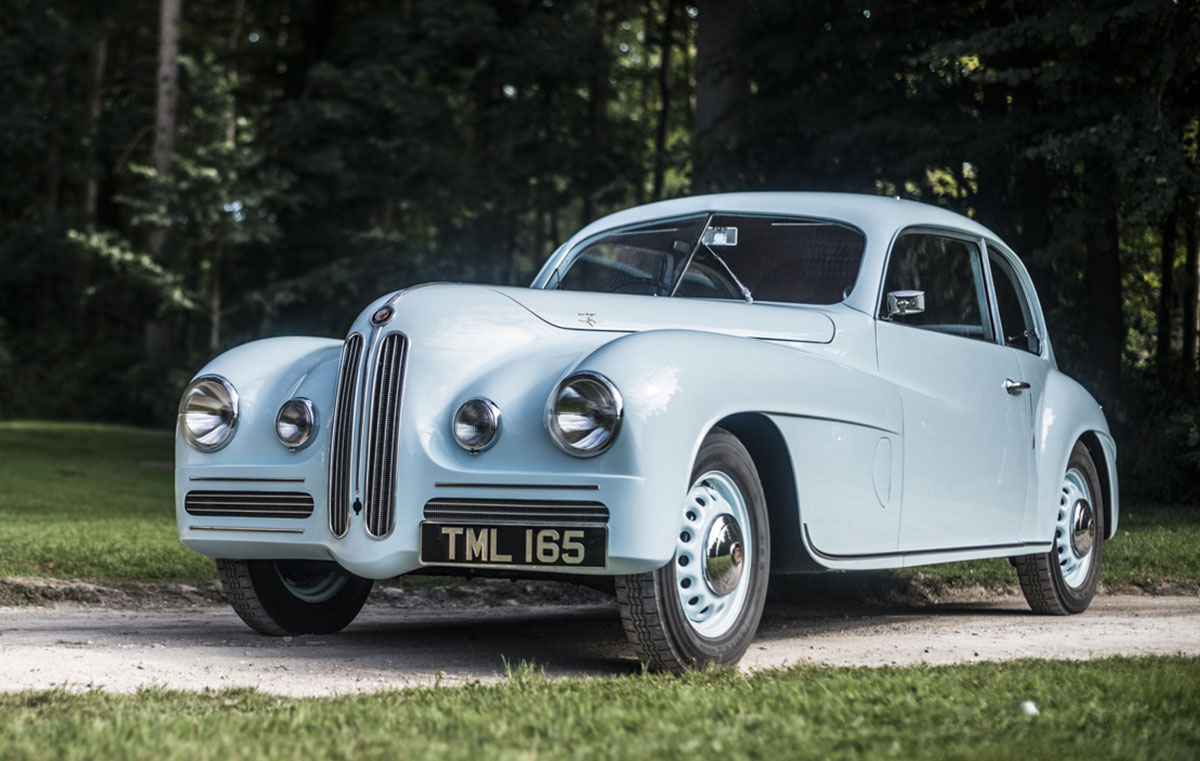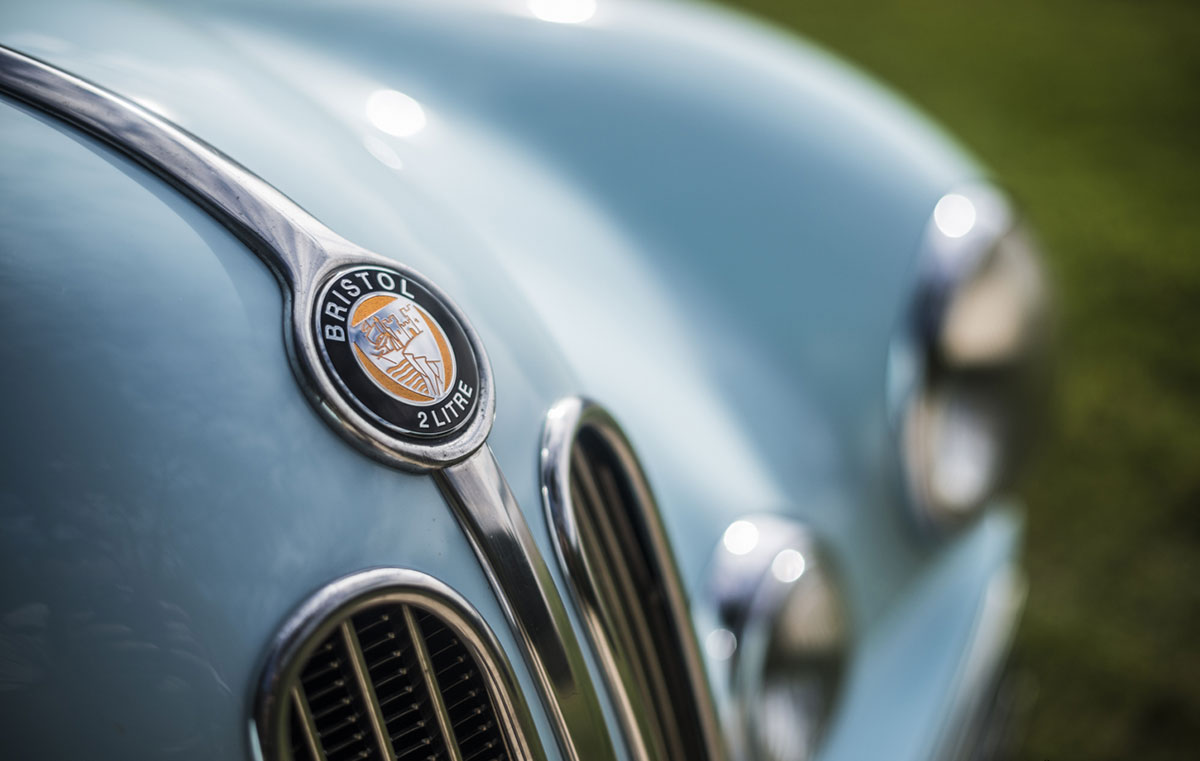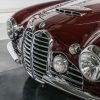Restoration
1948 Bristol 401 Touring
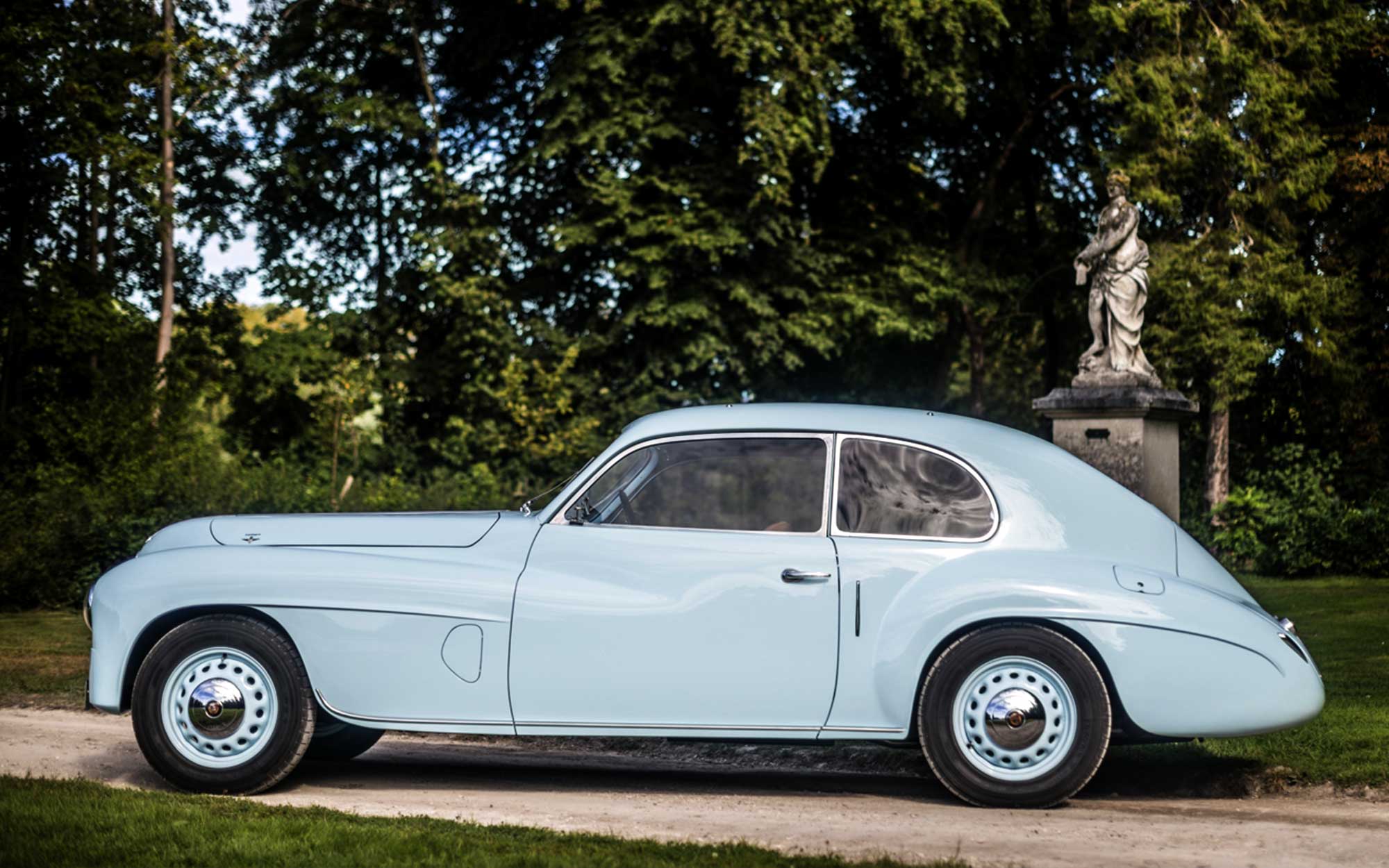
Touring Certificate
of Authentic Restoration
1948 Bristol 401 Touring
Special Prize in “The former English marques (Post-War) Closed Cars” Class
Chantilly Arts & Elegance Richard Mille Concours d’Etat
Bristol 401 Touring Vin 410-1-217-Body N°3256
In 1947 Bristol Commissioned Touring Superleggera to design and engineer the body of their second model, the 401. Bristol planned to add their own expertise in aerodynamics to Touring’s patented “Superleggera” construction technique and flair for excellence to create a “compact, lightweight, high performance international sporting car for the family”.
Bristol dismissed the project, but the co-operation resulted in a limited batch of 7-8 cars coach built in Milan- with aluminium-panelled body on a tiny steel tubular frame. The Touring design became known as the Villa D’Este style.
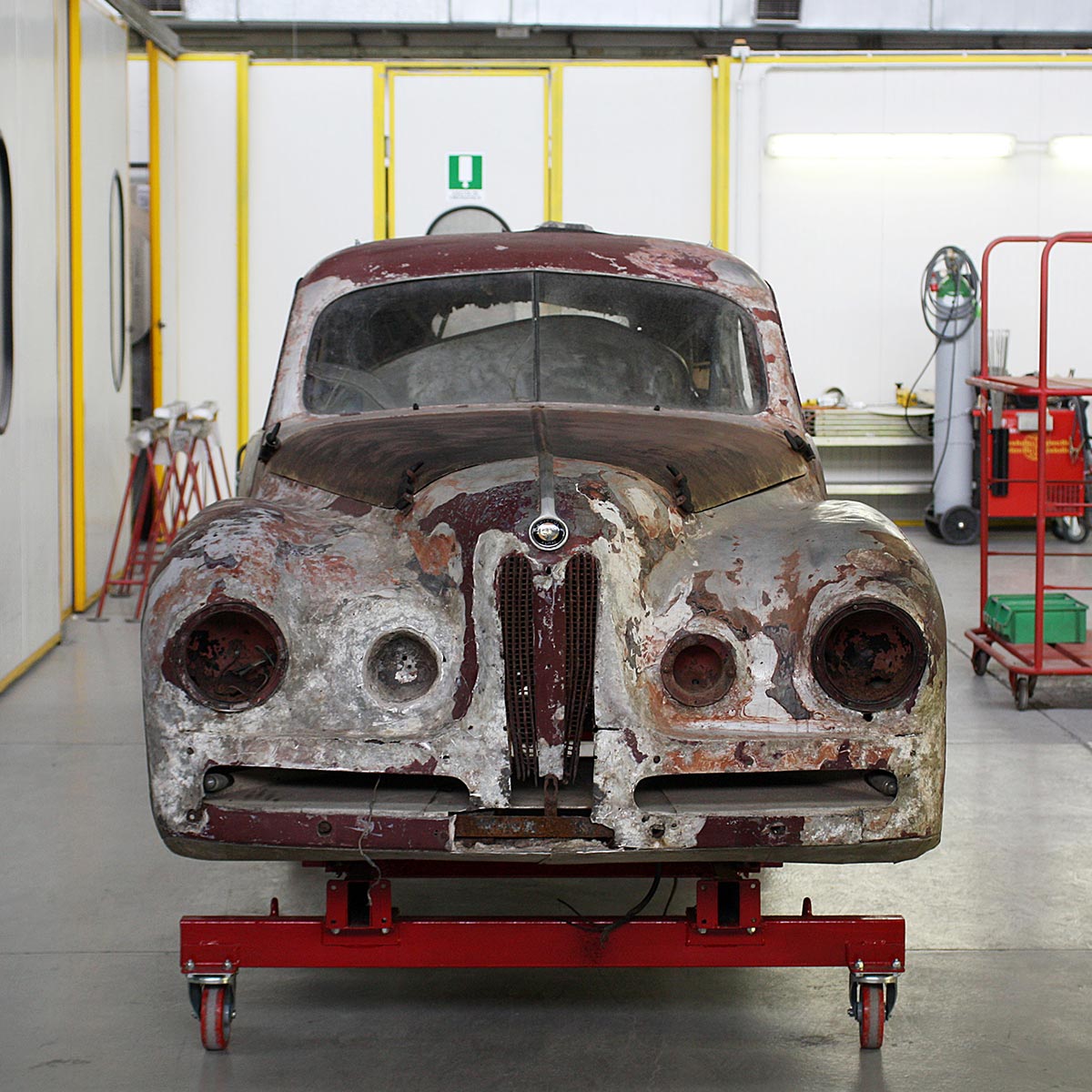
The car was found abandoned alongside several other early Bristols on a French farm in 2011. It was in such a state of disrepair that, upon being shipped back to Touring’s Milanese headquarters, the bodywork was deemed unsalvageable. Instead, it was used as a reference from which the coachbuilder’s master metalworkers could work.
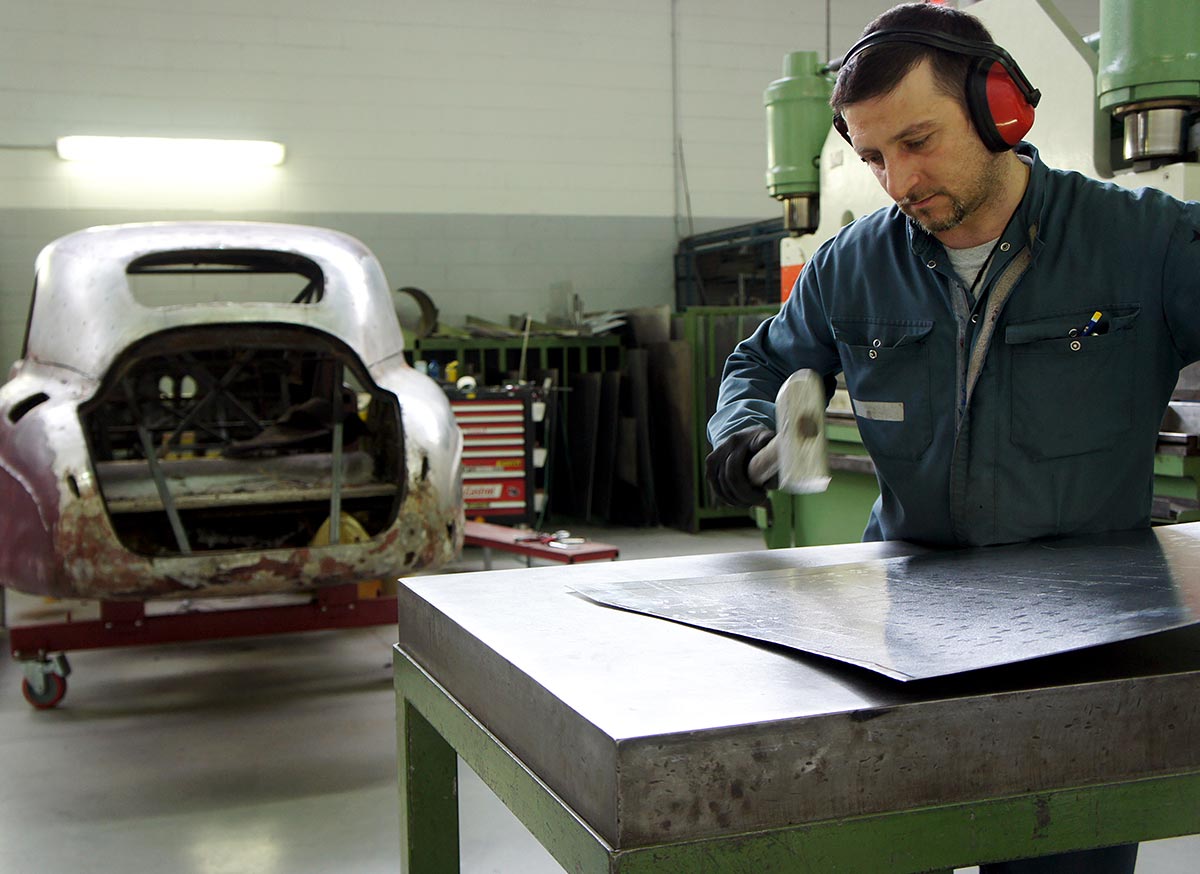
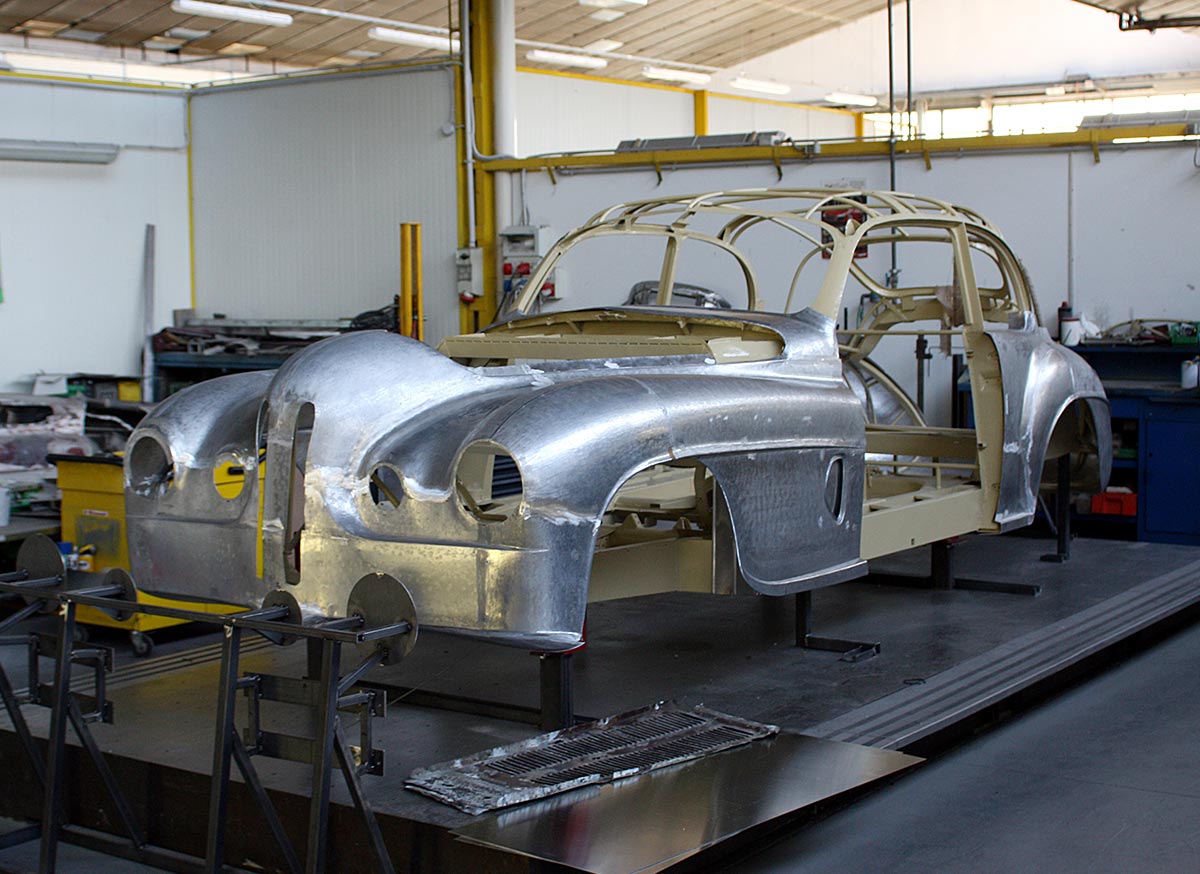
After sanding and thorough repair of the rusted frame members, reconstruction was necessary for the A Pillars, side vents, fuel tank, glove compartments and battery tray.
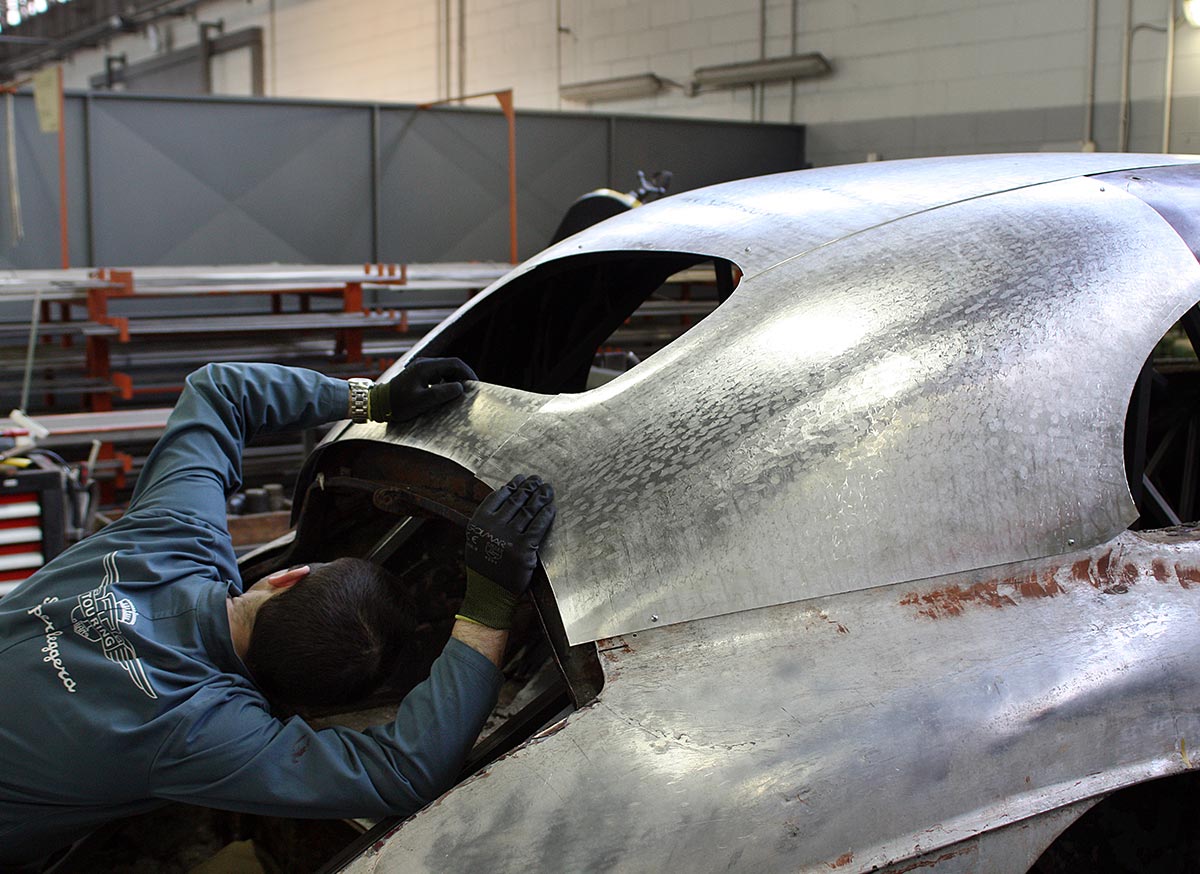
The design team redesigned the missing boot lid with 3D techniques, while original plans determined the exact shape of the new body.
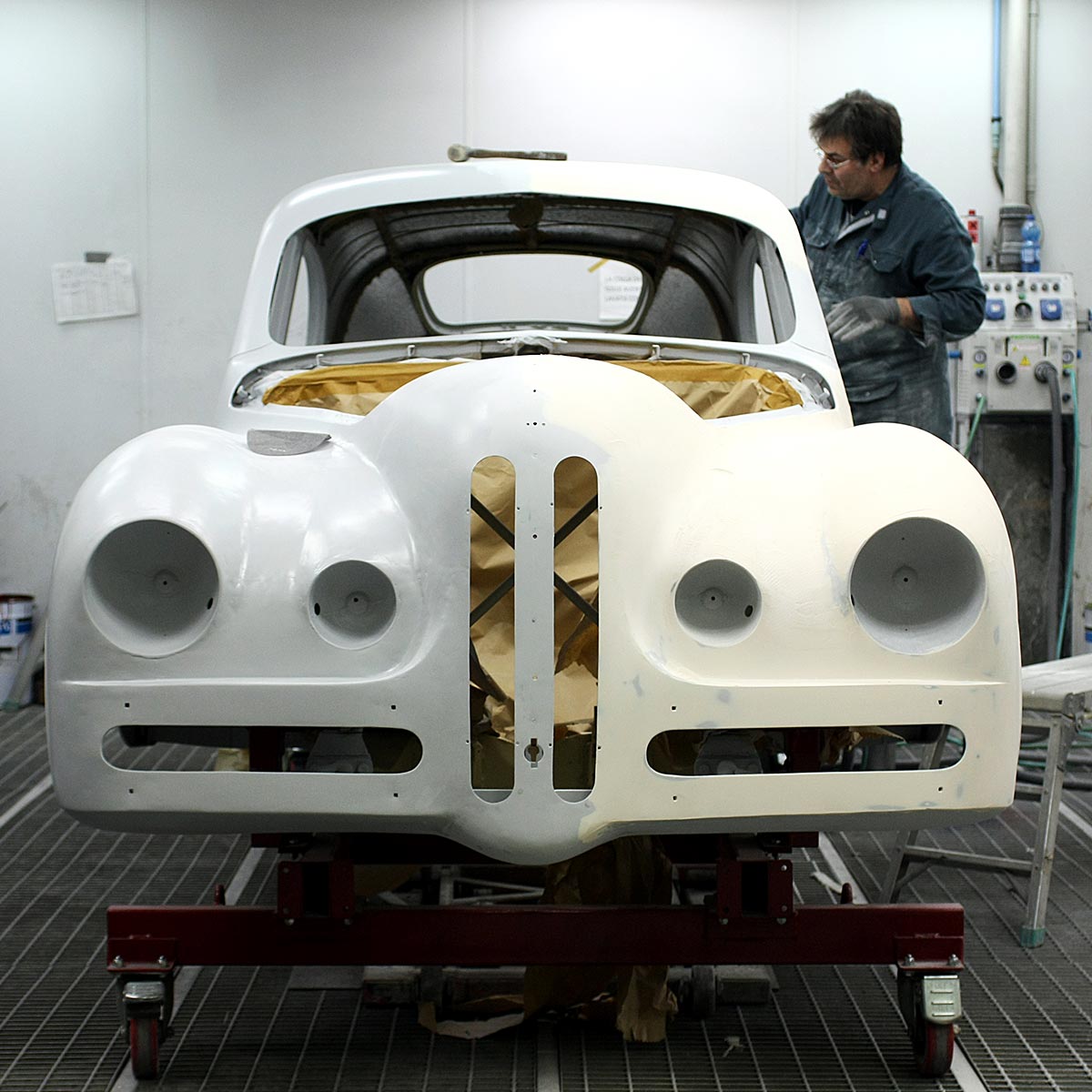
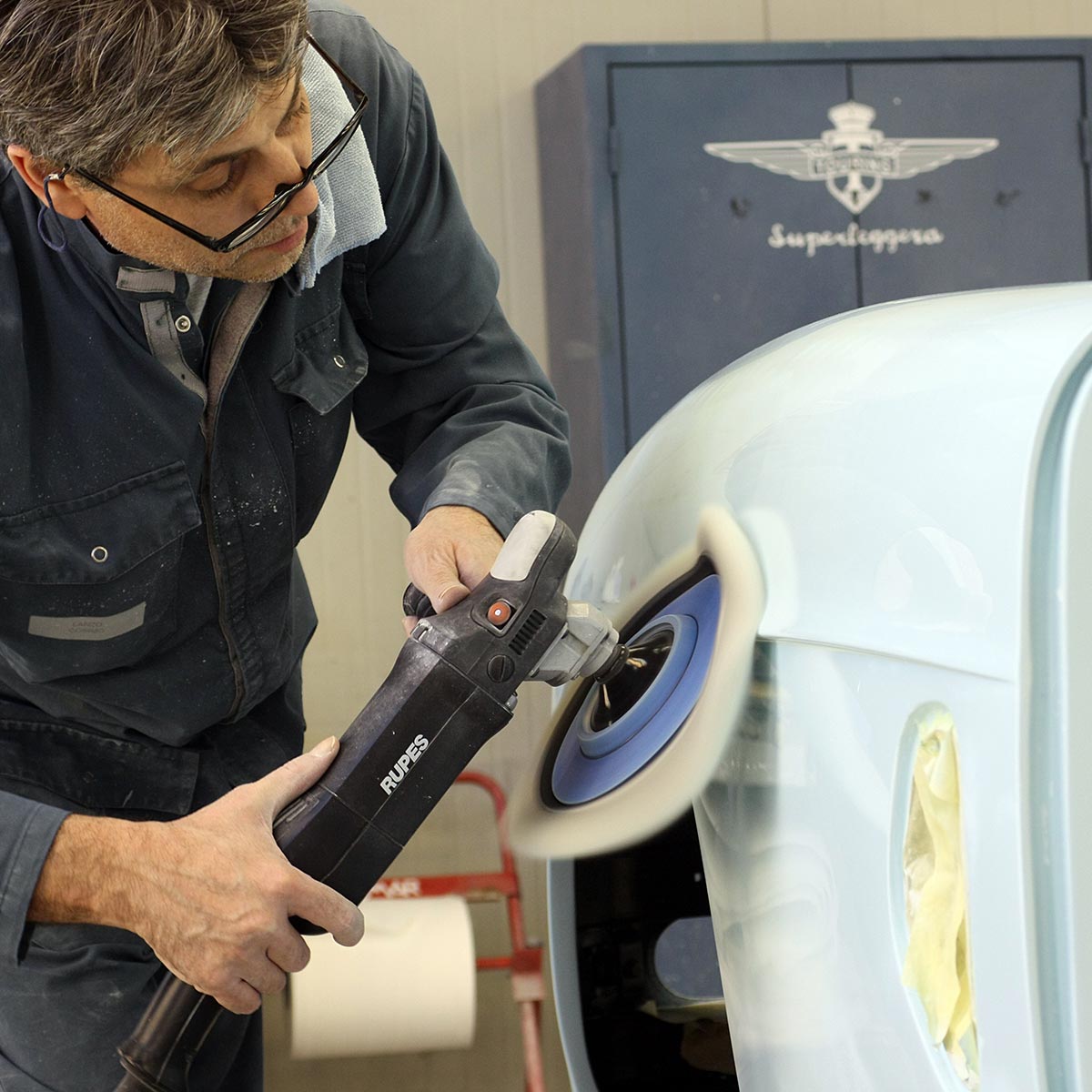
Further steps included paintwork, installing a new wiring harness, fitting interior panels trimmed to original design, complete with glass, mouldings, exterior trim and instruments.
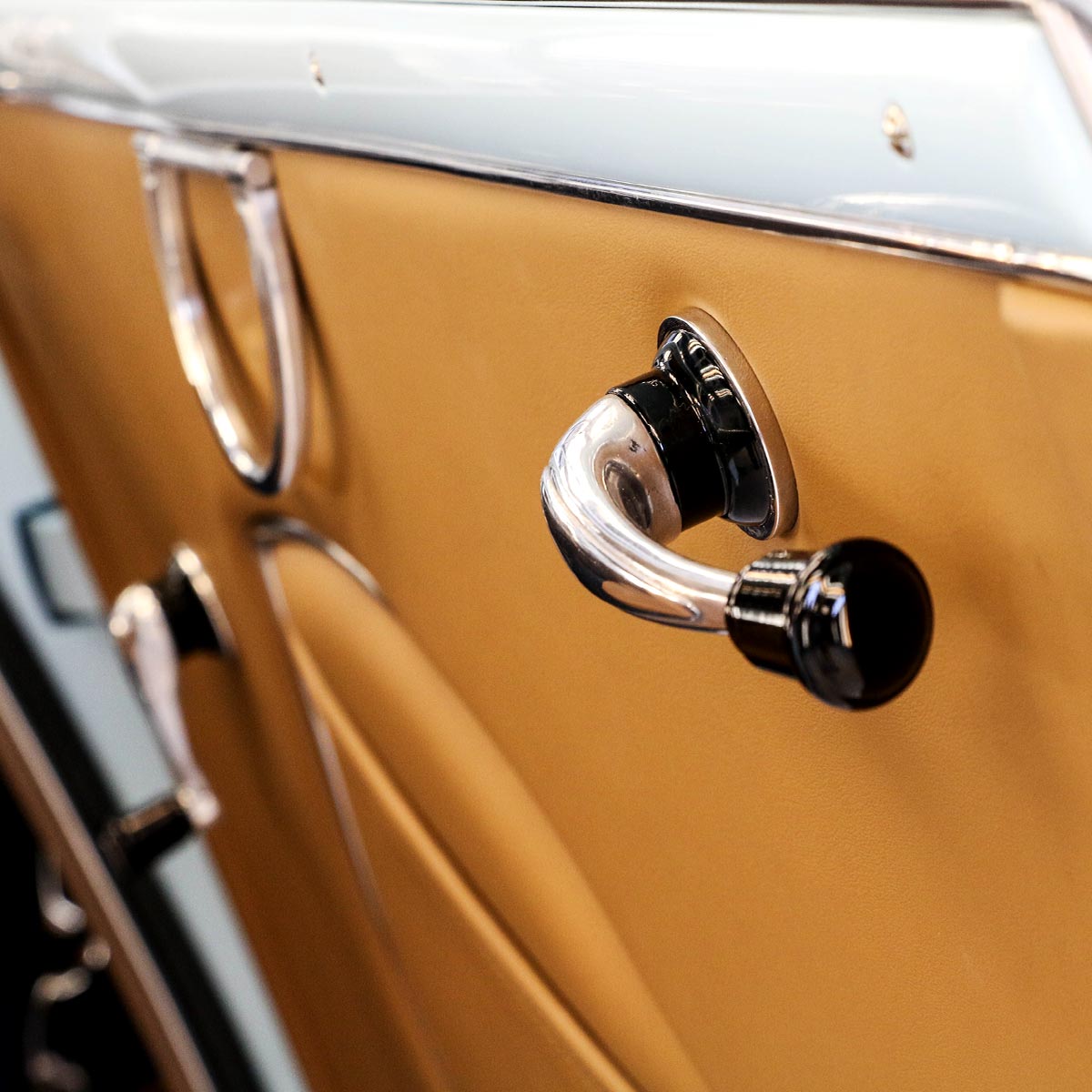
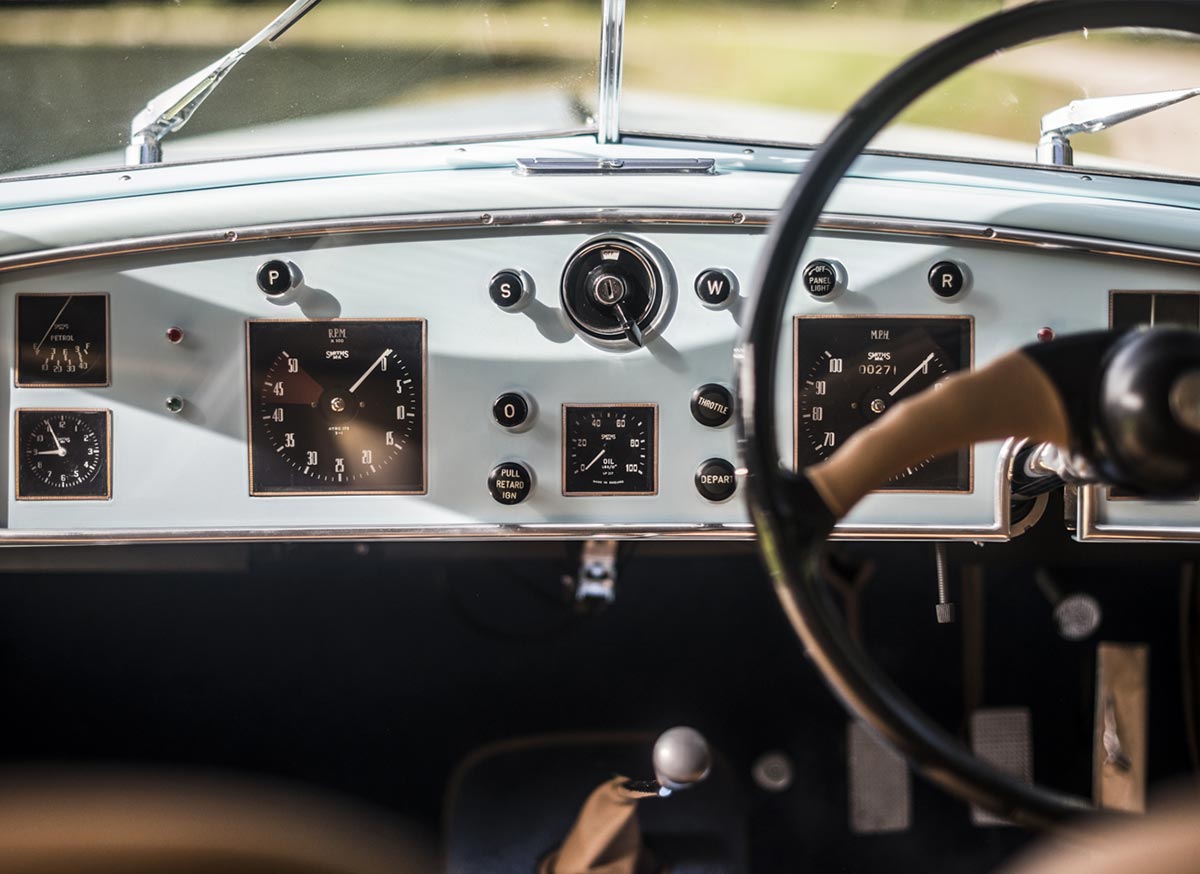
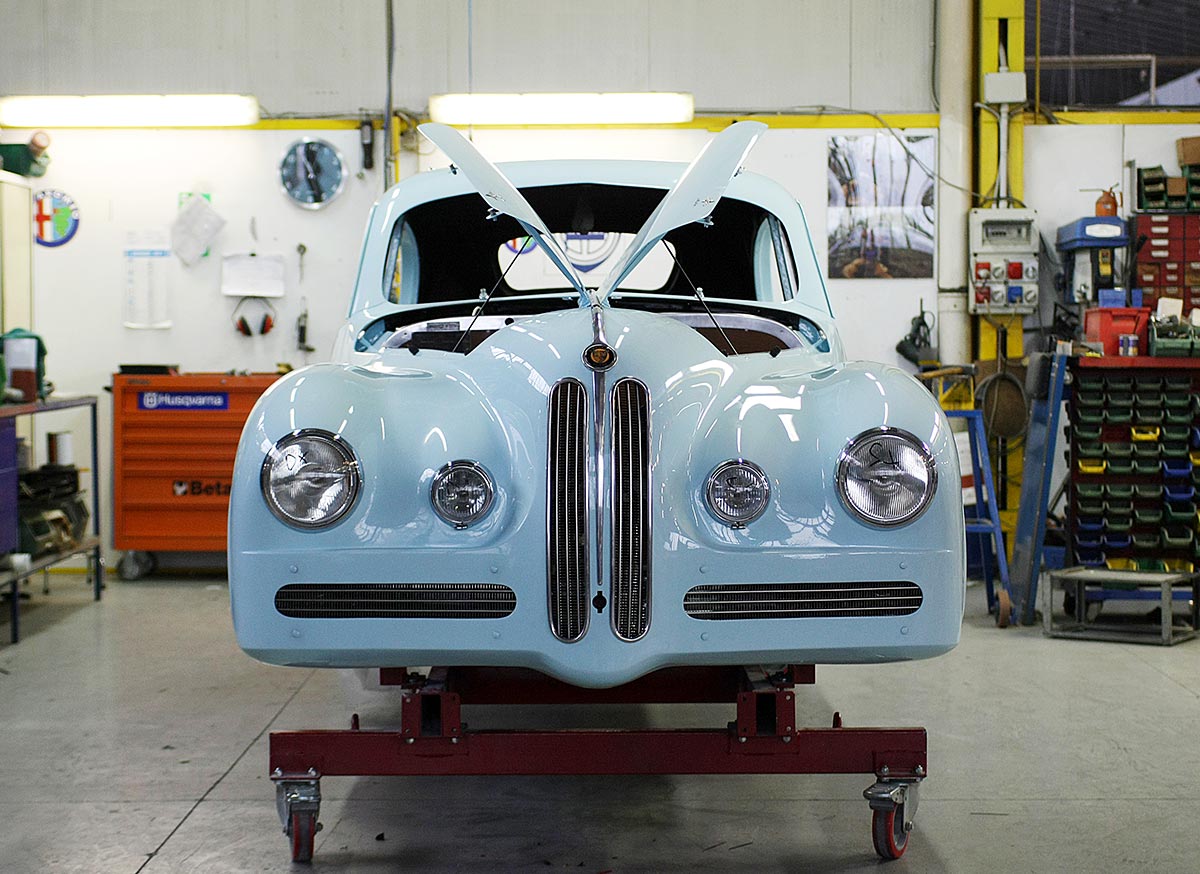
Touring atelier’s philosophy is to preserve originality in classic cars. Panels were hand beaten in the traditional manner, and the precision instrumentation and digital measuring and control equipment we use for our modern masterpieces is avoided. In this way we can preserve the character of the old car, even, where appropriate, keeping the flaws and irregularities of the first hand-made manufacture.
